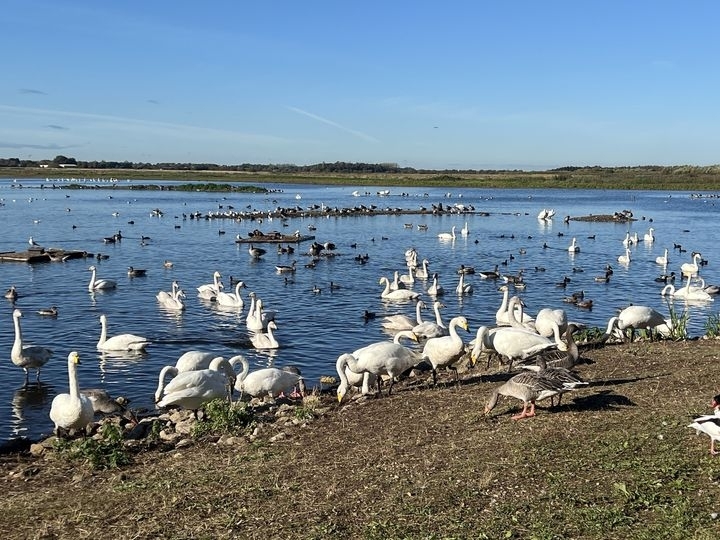Celebrating Insect Week
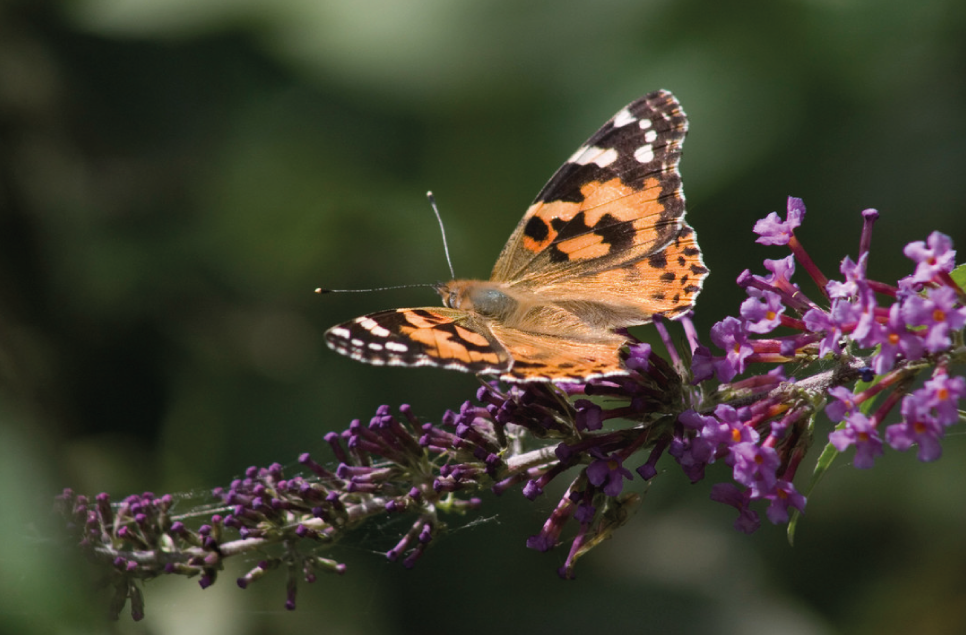
This week is Insect Week, and we are taking this opportunity to appreciate all of the insects we find at Martin Mere. These small yet remarkable beings play an essential role in our ecosystem, from pollination to decomposition.
Our wetland attracts an incredible diversity of insects, from dragonflies to bees, and butterflies to moths! Take a look at some of the best ways to see insects at our centre:
Dragonfly Walk
Head to our Dragonfly Walk, full of bright and colourful wildflowers which attract an array of wildlife. In this area, you’ll find flowers such as bright yellow buttercups, yellow rattle, orchids, red campion and cuckoo flowers. A wide variety of species are attracted to the flowers, including butterflies such as skipper, common blue, peacock, red admiral, and brimstone. The brimstone is particularly fascinating, as it is very well disguised - looking exactly like a leaf!
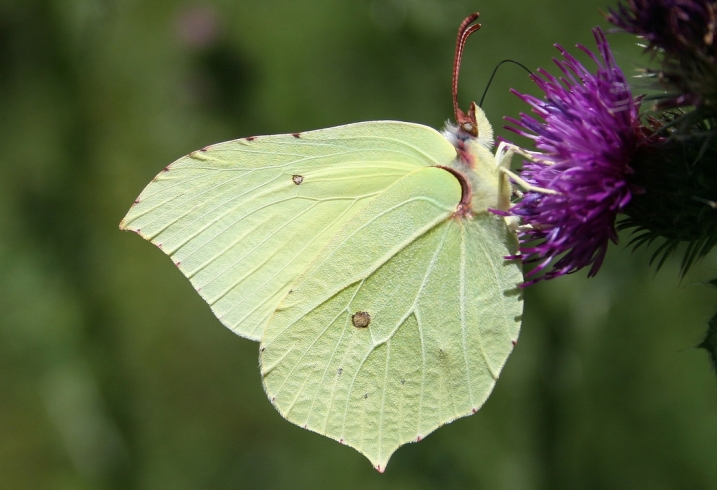 Brimstone butterfly
Brimstone butterfly
The walk is named Dragonfly Walk thanks to all of the amazing dragonflies in the area. You may see the four-spotted chaser, migrant hawker, and the large emperor dragonfly which averages 78 millimetres in length.
We also see a variety of damselflies including the blue-tailed, azure, and common damselflies. If you stay still in the area, they may even land on you as they like to be the highest thing in the landscape.
Moth trapping
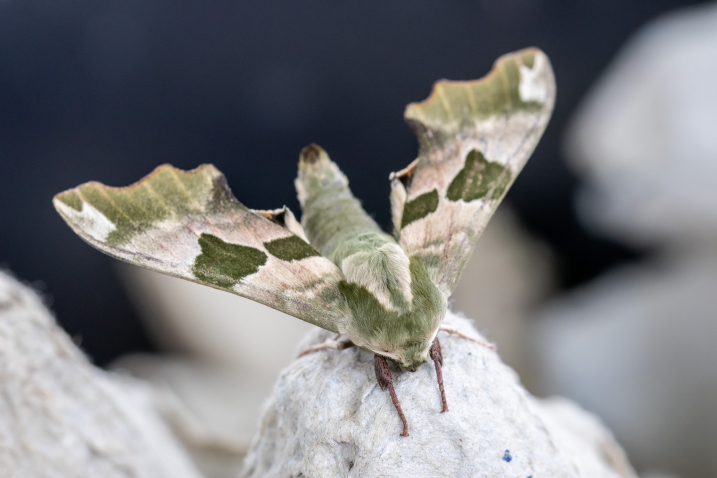 Lime hawk moth at our moth trapping, photo by Gary Gray.
Lime hawk moth at our moth trapping, photo by Gary Gray.
We have over 300 species of moths at Martin Mere. To record these species, we use moth traps set up overnight. Each morning at 10:30, we take a look inside and record the species inside.
More common species we see include the large yellow underwing, white ermine, large elephant hawk, flame shoulder, burnished brash, hebrew character, and spectacled moth.
Come and see the daily moth trapping each day, outside of the Discovery Hide.
Pond dipping
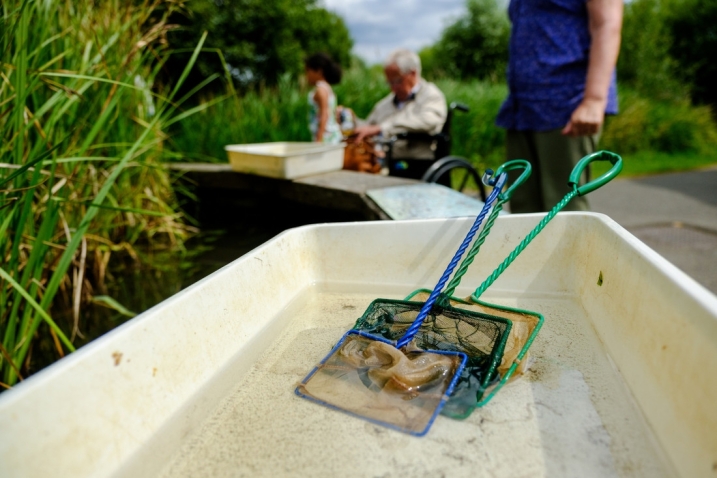
Let’s not forget about aquatic insects! They play an important ecological role in keeping freshwater ecosystems functioning properly and provide food for fish, amphibians, and other wildlife.
Within our ponds, you can discover creatures like pond skaters, water mites, lesser water boatmen, and midges. Head to our Pond Zone on weekends and school holidays for our pond dipping sessions. Grab a net and tray and take a look for yourself which creatures call our ponds home.
Go on your own adventure
Walk around Martin Mere and see if you can discover any other minibeasts. Woodlouse, snails, millipedes, ground beetles, shield bugs and more! Our Wild Walk also has one of the world’s largest bug hotels - a great place to discover insects.



